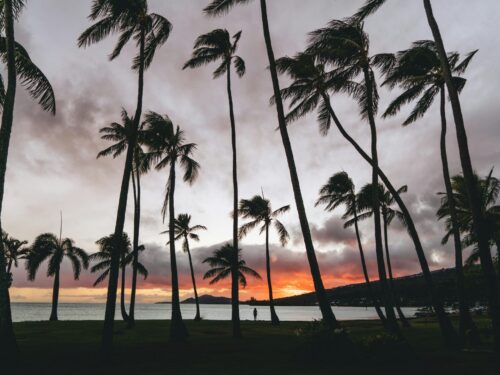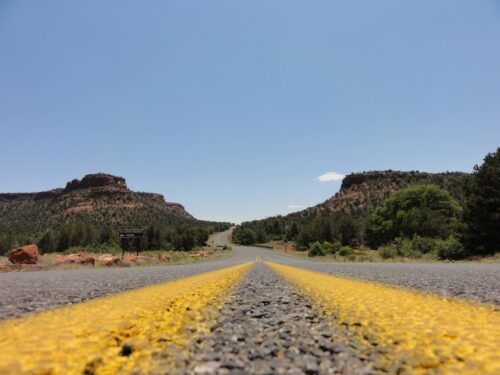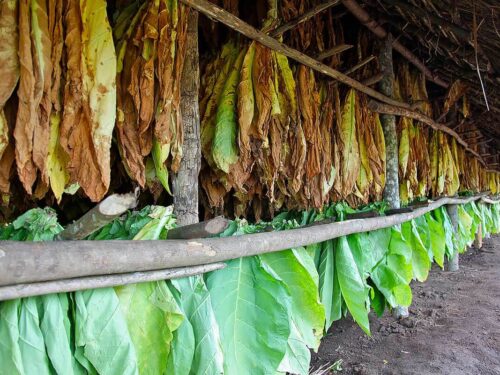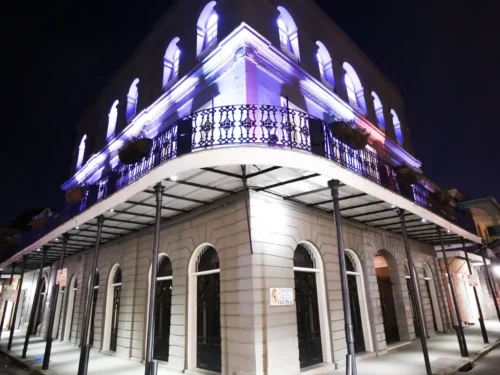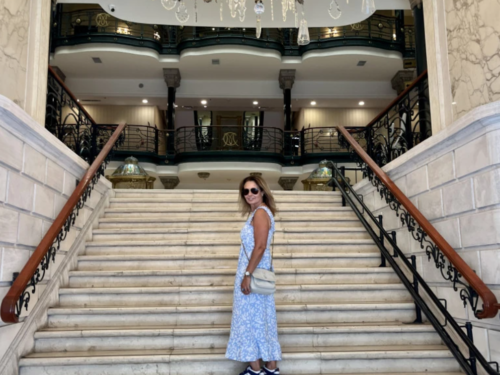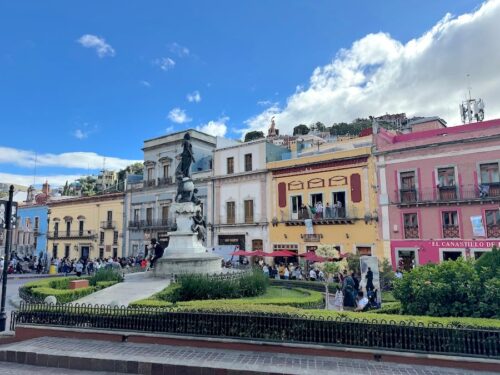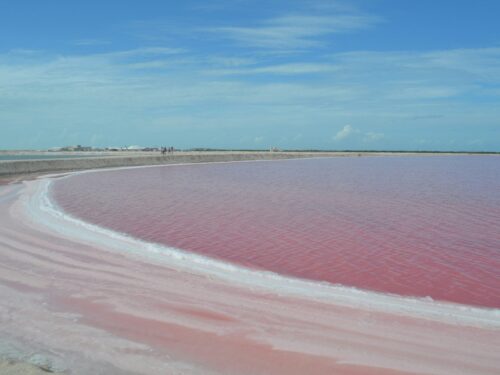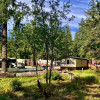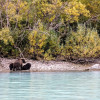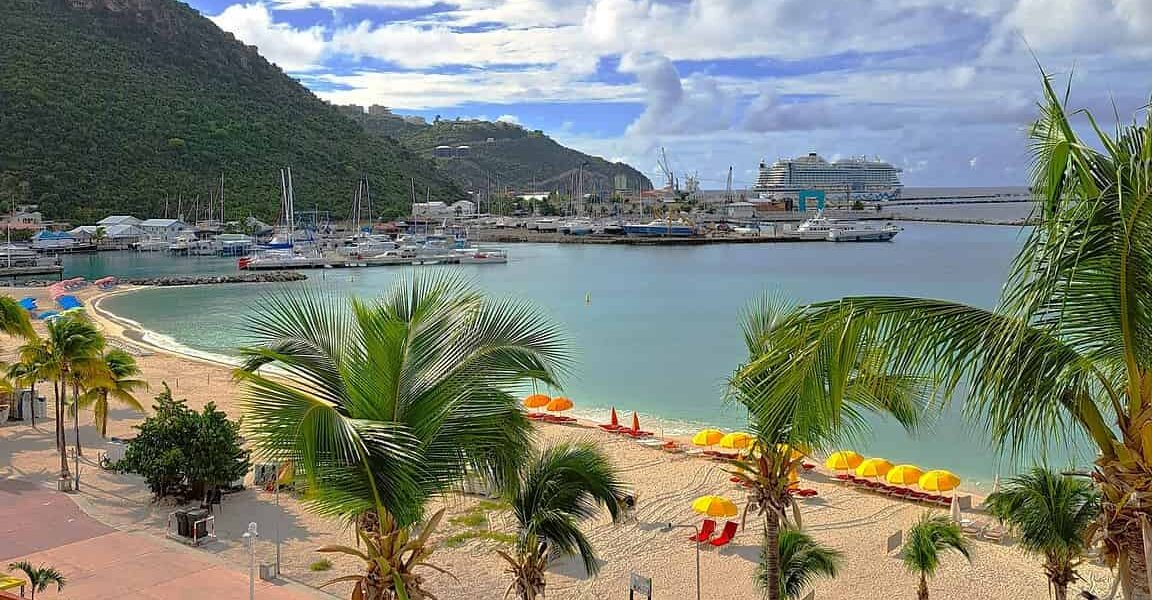
One of the great attractions of a vacation in the Caribbean is the chance to do a bit of island hopping. Of course, in order to do so effectively, you have to pick your targets and, importantly, an appropriate jumping off spot. St. Thomas as a starting point for the Virgin Island and St. Vincent for exploring the Grenadines spring to mind, but if you want to do some island hoping that exposes you to a few totally unique cultural experiences, then island hopping around St. Martin is your best bet.
To begin with, while I’m using the general term “St. Martin,” you are actually getting two separate nations on one island: the French St. Martin and the Dutch Sint Maarten. And from there you can easily reach three other islands – Anguilla, Saba, and St. Barth – each with its own vastly different appeal. All are easily reachable, either for a day trip or a longer visit.
So, let’s jump in and explore the main spots to go island hopping around St. Martin.
See also: Island Hopping in the Caribbean
Where to go island hopping around St. Martin
You can either base yourself at St. Martin or start off on the island and hop around.
Sint Maarten

Sint Maarten serves as the natural hub for the area because of its modern international airport. Princess Juliana Airport is well served by most US and Canadian airlines, with regular flights throughout the year. Its Dutch/French connection also ensures frequent service from Europe, mainly Amsterdam and Paris. So, it’s easy to get to and is extremely user friendly, with little or no culture shock for first timers to the Caribbean.
The larger resorts, some with casinos, are located on the “Dutch side” as the islanders refer to it. Most are located directly on white sand beaches in lively locations like Simpson Bay, Cupecoy Beach and the airport adjacent Maho Beach, a favourite of the Instagram crowd.
Philipsburg, the capital, is by far the biggest, busiest town in the region and is famous for its duty-free shopping, which has dramatically expanded in recent years due to the multi-million-dollar development of its cruise ship terminal. The downside, of course, is that it can get pretty busy when a few of the big ships are in town.
But the bustle of Sint Maarten also means that there is always a choice of things to do. There are plenty of activities, from a relaxing beach barbecue to helping crew a former America’s Cup 12 metre yacht in a race around the island. This variety makes Sint Maarten a good place for families. There is also an active nightlife, meaning it can be bit of a more adult-oriented playground as well. When you get right down to it, Sint Maarten is one of those rare places that can really lay claim to being, “fun for all ages.”
And, perhaps most importantly, Sint Maarten is either a drive, a ferry ride or short flight away from the other islands we are focusing on.
St. Martin

Drive across the unmanned border (no passport required) and it doesn’t take long to notice the difference. The landscape gets a bit greener and hillier, the development noticeably less and the bustle of the Dutch side begins to give way to a more laid-back, distinctly Gallic feel.
St. Martin certainly has its own appeal. The beaches, though less numerous than those of its neighbour, are better, and generally less crowded. Orient Bay Beach is perhaps the most spectacular, with Anse Marcel and the secluded and peaceful Baie Rouge also worthy of mention.
The small capital of Marigot is charming, though not fully recovered from the devastation of Hurricane Irma. There’s a bit of a busier vibe than the rest of St. Martin, a beautiful harbour and nice small places to grab a drink, coffee or sandwich. A brief (uphill) walk from the town will take you to the ruins of Fort Louis, built in 1789 to defend the town against the British, Dutch, and marauding pirates. The spectacular views make it well worth the hike.
St. Martin has its fair share of activities, though admittedly less than the Dutch side and of a less adrenaline-pumping nature. There are some nice hiking trails and sail/snorkel excursions, but the reason most people come to St. Martin is to relax. And to eat.
Surprisingly, especially given its small size, St. Martin has built a reputation as the gourmet capital of the Caribbean. There are excellent restaurants scattered throughout the French side, in places like Marigot and Orient Beach, but by far the capital of the island’s fine dining scene is Grand Case.
This small, picturesque beachfront town is home to some amazing establishments that offer the best of French Creole cooking, with an emphasis on seafood. Some standouts include Auberge Gourmande, Ocean 82 and Le Pressoir. And if you feel you need a break from fine dining, you can try one of Grand Case’s lolos – lively outdoor restaurants specializing in local dishes centred around the barbecue.
Grand Case is also a lovely place for a beach stroll, where you can take in the view of our next island-hopping destination, Anguilla.
Anguilla

The distance from St. Martin to Anguilla is less than 30km. The main route between the two islands is the 25-minute public ferry ride from Marigot, on the French side, to Blowing Point in Anguilla. You can also take one of the shuttles that provide speedboat service, virtually across from Princess Juliana Airport on the Dutch side. Or you can catch a 10-minute flight between the islands, but it’s hardly worth the effort or cost. However, you get there, be sure to take your passport. Anguilla is a British territory.
If you are looking for one word to describe Anguilla, that word is undoubtedly ‘beaches’. This long, flat narrow island (the name means ‘eel’) seems to consist of little more than a string of beaches. In fact, there are over 30 of them dotted along its 60km of coastline.
Anguilla beaches are simply idyllic: long stretches of powdery, white sand set against calm, shallow turquoise seas. Perfect for sunbathing, swimming or just strolling. Shoal Bay is often ranked the top beach in the Caribbean and one of the best in the world. But there are many more that come close to challenging for those honours, Meads Bay, Maundys Bay, Sandy Ground, and Rendezvous Bay among them.
And, as you’d expect from a Caribbean Island with so many great beaches, Anguilla is famous for its legendary beach bars. No island, regardless of size, regularly features so many names on published lists of the Top Ten Beach Bars. It’s literally a beach bar-hopper’s paradise, with places like Gwen’s Reggae Grill (Shoal Bay) and Elvis’ (Sandy Ground), as well as the Sunshine Shack and Dune Preserve (Rendezvous Bay).
The islands beaches are also home to some of the region’s most spectacular resorts. Here you will find the Four Seasons Anguilla, the Malliouhana, Zemi Beach Resort and the iconic Belmond Cap Juluca. Their presence has also seriously elevated the island’s dining scene in recent years.
What Anguilla doesn’t have is a variety of activities (beyond sailing and snorkelling), a vibrant nightlife, duty-free shopping of any kind, or much of a choice of budget accommodations. And there isn’t really a town to explore. But, believe me, with those beaches, it’s easy to forget about all that.
Saba

At a distance of 50km from St. Martin, the island of Saba is the furthest flung of our island-hopping targets. It is also one of the most unusual, unspoilt, and surprisingly charming islands not only in the region, but throughout the entire Caribbean.
Saba is not for the casual traveler, or those looking for the stereotypical island paradise. To begin with, it’s not exactly the simplest island to get to. Most visitors arrive by the fast ferry from Sint Maarten, an often bumpy 90-minute ride. Or you can fly there. The flight takes a mere 15 minutes, but you are then faced with landing on a tiny airport seemingly carved out of the hillside and featuring the smallest commercial runway in the world. And don’t expect palm lined white sand beaches. At a compact 13 square kilometres, Saba is essentially a volcano raising steeply from the sea.
But those who do brave the trip will discover an almost mystical landscape of winding roads, quaint red and white wooden cottages, and friendly down-to-earth people – an embodiment of the old Caribbean as many imagine it. The island is essentially an eco-paradise, above and below the waterline, with challenging rain forest hikes and world-renowned dive sites. Those who manage the hike up the aptly named Mt. Scenery will be rewarded with breathtaking views across the Caribbean to St Martin, St Barths, and beyond.
Accommodation and dining tend to be quaint and comfortable rather than luxurious, with less than 100 rooms in total spread among a handful of small hotels, guest houses and cottages. Queen’s Garden Resort and Juliana’s are the most notable hotels on the island, both tucked into the hillside amongst rich foliage.
The pace on Saba is slow and apart from exploring the tiny quaint villages of The Bottom and Windward side, there isn’t much to do except enjoy the island’s natural beauty – the reason Saba proudly promotes itself as the “Unspoiled Queen of the Caribbean”.
St. Barth

If Saba is sleepy, St. Barth is buzzing. In fact, the two islands couldn’t be more different. St. Barth is closer to St. Martin and much easier to get to. Fast, modern ferries service the island from three different locations in St. Martin, with the shortest trip taking 45 minutes. In addition, there are frequent flights (15 minutes in duration) from Princess Juliana and Grand Case airports.
St. Barth is a happening place, albeit a rather pricey one. First and foremost, St. Barth is a distinctly French island. But not in the Creole French style of Martinique or Guadeloupe. St. Barth is closer to the French Riviera transplanted in the Caribbean.
The capital of Gustavia is noted for the multi-million-dollar yachts in the harbour and the chic restaurants and high-end designer shops (don’t expect any duty-free bargains) lining its main street, including a Dolce & Gabbana Martini bar. And if you need a break, the lovely Shell Beach is within walking distance of the downtown.
If Gustavia doesn’t excite you, a 10-minute taxi ride will take you to the island’s other hot spot, St-Jean Beach. This magnificent stretch of gleaming sand is anchored at one end by the fabled Eden Rock resort and the renowned Nikki Beach restaurant, and at the other by St. Barth’s highly Instagrammable small airport. The scene at St-Jean Beach, and other parts of the island, never really stops.
However, once you get beyond the glitz and glamour, you’ll find that St. Barth is a remarkably beautiful little island. It’s perfect for renting a car and exploring the lush, hilly terrain. You’ll find a number of other attractive, more secluded, beaches like Grand Saline, Anse du Gouverneur, and Colombier Beach, as well as some low key but surprisingly luxurious, hotels.
In short, St. Barth can be a blast, especially if you don’t mind the sometimes-scary prices.
Things to consider when island hopping around St. Martin
- Access: Each of these destinations can be relatively easily accessed by ferry or plane from St. Martin, with the longest journey being the 90-minute fast ferry to Saba. All can be done in a day, however, due to its geography, Saba is better served by an overnight stay in one of its quaint little hotels or guest houses. And, of course, all lend themselves to longer stays.
- Currency: You can freely use US dollars in Anguilla, Saba, and Sint Maarten (though the official currency in the latter nation is the Antillean Guilder). In St. Martin and St. Barth, however, Euros are the currency of record. You may get away with US dollars (especially in St, Martin), but it will likely be frowned upon.

